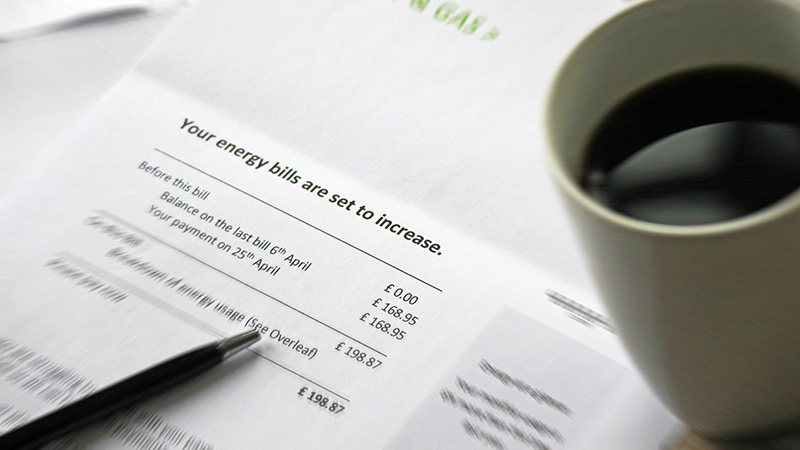
This content is for information and inspiration purposes only. It should not be taken as financial or investment advice. To receive personalised, regulated financial advice please consult us here at Elmfield Financial Planning in Padiham, Burnley, Lancashire.
Some recent headlines have argued that public sector pensions (civil servants, doctors etc.) offer the best deal. Yet is this truly the case? This is important to address, as it may affect your future career choices. Below, our team at Elmfield Financial Planning in Padiham, Burnley, puts forward some of the differences, pros and cons of each option. Whilst many pensions in the public sector remain highly competitive in 2022, the private sector can offer some compelling schemes which are worth holding on to.
What are public sector and private sector pensions?
First of all, it is important to clear up a possible confusion over definitions. In financial planning, a “private pension” is typically a pension pot which you set up on your own – apart from your workplace pension. This is sometimes called a “personal pension” and might involve setting up a SIPP (self-invested personal pension). However, many in the media are referring to pension schemes offered by employers in the private sector, when they speak of “private pensions”. In this article, we call them private sector pensions.
Private sector pensions are offered by companies, non-profits and other non-governmental organisations. Today in 2022, these schemes typically take the form of a defined contribution pension; that is, a pension “pot” which both you and your employer contribute to. In 2022-23, you are obliged under auto-enrolment to put in at least 5% of your salary, and your employer must contribute 3%. By contrast, a public sector pension is usually taxpayer funded and will be offered by government organisations, such as the police. These often take the form of a “final salary” pension (or “defined benefit” pension) which pays out a guaranteed, lifetime income in retirement – often linked to inflation – rather than building up a pension pot.
There are exceptions to these, of course. Very rarely, some private sector pensions still offer a defined benefit scheme to employees. However, due to increasing worker mobility (changing jobs frequently) as well as longer UK average life expectancy, this has become unaffordable for many businesses. Instead, most prefer to offer a defined contribution scheme.
Public versus private sector pensions
With this picture in mind, the debate over public and private sector pensions largely rests on the debate over final salary pensions versus pension pots. Is it better to build up a large retirement fund with your employer (e.g. to spend on an annuity); or, is it better to have a guaranteed retirement income from your employer? However, there are some other factors to consider.
For instance, with a public sector pension many schemes are “unfunded”. This means that there is no “central fund”; instead, they are paid for by tax – which is always available. This provides a very secure financial base for your pension. After all, unlike a defined contribution pension, there is no central fund invested where the assets can fluctuate – or even lose value. Moreover, many public sector pensions are very generous and the benefits can be hard to replicate in the private sector. Under the Teachers’ Pension, for instance, employers make a flat contribution of 23.68% in 2022-23 – much higher than the 3% minimum required by auto enrolment.
With this said, public sector pensions are not completely safe. Governments may change the benefits via new policies. Taking the Teachers’ Pension again, this was effectively lowered in April 2022 for many teachers (e.g. those who joined the scheme after April 2015) as their future pension income would be calculated using average career earnings – rather than their salary in the year(s) leading up to retirement. Bear in mind that the total cost of public sector pensions to the government is £95bn – a huge part of the budget – and the UK’s national debt is pressuring many politicians to seek spending cuts. This might be part of the reason for the change in the Teachers’ Pension Scheme.
Other considerations
Those with a private sector pension should not despair. Quite often, salaries are higher in the private sector – meaning you may have more income available to contribute to your pension. Remember, in 2022-23 pension contributions are “topped” up by the government via tax relief according to your highest marginal rate of Income Tax. So, a Higher Rate taxpayer only needs to “pay” 60p to put £1 into his/her pension (40% tax relief).
This can open up ways to save on tax in the short term (i.e. putting salary over the Higher Rate threshold – £50,00 – into your pension) whilst boosting your retirement fund. Moreover, some private sector employers are more generous with their pension benefits – perhaps matching your contributions up to, say, 10% of your salary. If so, you should consider maximising this to gain an extra “free boost” to your retirement fund.
Ultimately, the suitability of your pension depends on your scheme, your financial circumstances and your goals. Most people with a final salary (“gold plated”) pension will likely benefit most by holding onto it. However, there may be scenarios where a transfer may be more suitable – such as for those looking to pass down pension wealth as an inheritance, tax-free.
Invitation
If you are interested in starting a conversation about your own financial plan or investments, then we’d love to hear from you. Please contact us to arrange a free, no-commitment consultation with a member of our team here at Elmfield Financial Planning in Padiham, Burnley, Lancashire.
Reach us via:
T: 01282 772938

